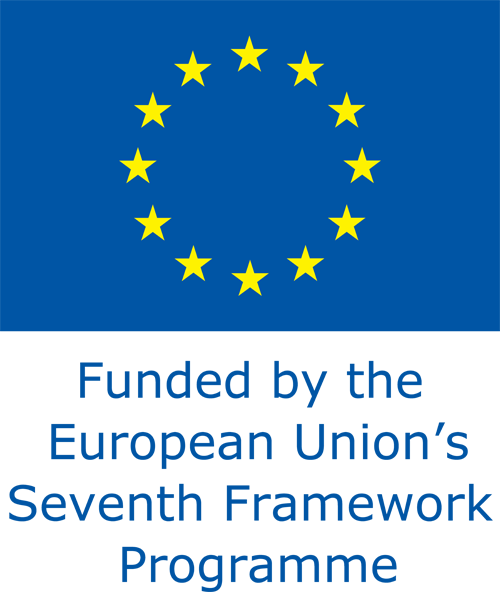|
Improving and integrating in situ observation capacities of oxygen depletionWP 1Description: WP1 will be the platform to discuss design and optimization of in situ observatories to be implemented in WP6 and 7 at the selected project sites in coastal and open seas, and land-locked water bodies. It will also serve as a basis for synthesizing knowledge on measurement accuracy, risks and future technological challenges. WP1 will help WP5 to develop standardization of metadata and products for data sharing. Based on input from WP3 it will be defined which parameters, together with oxygen, are required to allow for an unambiguous interpretation of the acquired data. The ability to record a wide range of parameters with the same time reference is fundamental as the significance of oxygen concentrations as well as causes of their variations can be understood only if they are associated to other parameters. For measurements of all parameters, the limit of detection, repeatability, accuracy, long time stability of sensors and sampling rate shall be defined. The specifications will be supplied to the sensor registry that will be set up as part of WP5. A particular activity will address antifouling protection techniques to be applied in O2 monitoring systems in coastal and land-locked aquatic systems. Specifications and recommendations will be provided for in-situ monitoring in terms of duration of the experiment, observation system maintenance, sensors and batteries replacement, and data retrieval. These recommendations will have implications for the monitoring activities in WP6 and WP7 with respect to decisions on equipment, logistics and time-schedule. The partners managing the observation systems will provide the data-set acquired during the monitoring activity for a first evaluation of data quality. Thorough quality checks will be applied to identify instrumental errors, false recordings, lost calibrations, drifts, and interferences. After this “technical level” of quality control (QC) the data will be passed on to the integrated and standardized QC foreseen in WP5. Data retrieval and subsequent processing procedures will be defined to make the entire data acquisition process compliant with the principles that have been defined within GEOSS (input from WP5). The results will result in technical reports of validation, specifically addressed to the European initiatives on seafloor and ocean monitoring (e.g., ESONET, EMSO projects, see http://www.esonet-emso.org/esonet-noe/index.htm). Objectives:
|
|||||||||

